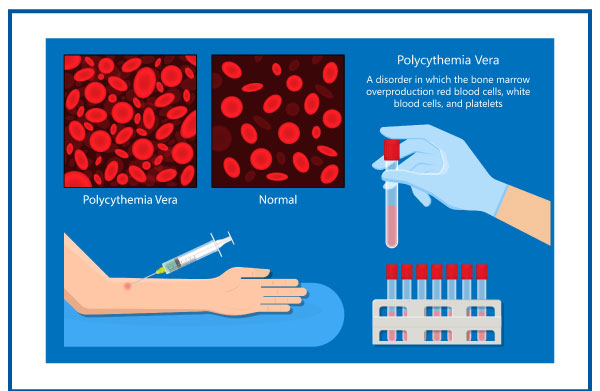A cell line is a group of cells that are derived from a single parent cell and can be grown in a laboratory setting. These cells are often used in research to study various biological processes or test the effects of drugs or other substances on cells.
A cell membrane, also known as the plasma membrane, is a thin, flexible barrier that surrounds and protects the contents of a cell. It regulates the movement of materials into and out of the cell and helps to maintain the cell’s internal environment. The cell membrane is made up of a double layer of lipids, as well as various proteins and other molecules that help it perform its functions.

Cell lines are used in many different areas of research, including cell biology, genetics, pharmacology, and toxicology, among others. They are often used as models to study how cells behave in response to different stimuli, such as drugs, toxins, or other environmental factors. Cell lines can also be used to produce large quantities of specific proteins, which can be used in medical research or for therapeutic purposes.
Cell membranes are found in all living cells, from bacteria to human cells. They are made up of lipids, proteins, and other molecules that work together to maintain the integrity and function of the cell. Membranes play a crucial role in regulating the transport of molecules in and out of the cell, as well as in cell signaling, communication, and adhesion. They are also involved in many cellular processes, such as cell division, growth, and differentiation.
There are many factors that can impact cell lines and cell membranes, but some of the most significant ones are:
- Culture conditions: The environment in which cells are grown can have a major impact on their behavior and function. Factors such as temperature, humidity, pH, nutrient availability, and gas concentrations can all influence the growth and behavior of cell lines.
- Genetic modifications: Genetic changes can alter the behavior of cells, either by modifying the expression of specific genes or by introducing entirely new genes. This can be used to create cell lines with specific properties, such as increased resistance to certain drugs or enhanced protein production.
- Environmental toxins and drugs: Exposure to environmental toxins or drugs can have a significant impact on the behavior and function of cells, including their ability to grow, divide, and function properly. Understanding how cells respond to these substances can be important in developing new treatments for diseases.
- Membrane composition: The composition of cell membranes, including the types of lipids, proteins, and other molecules present, can impact their function and the behavior of the cells they surround. Changes in membrane composition can alter the transport of molecules in and out of cells and affect cell signaling and communication.
- Cell-cell and cell-matrix interactions: Cells interact with each other and with the extracellular matrix in complex ways that can impact their behavior and function. Alterations in these interactions can impact cell migration, growth, and differentiation, among other things.



